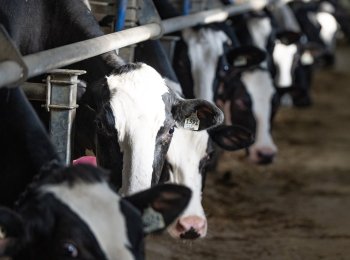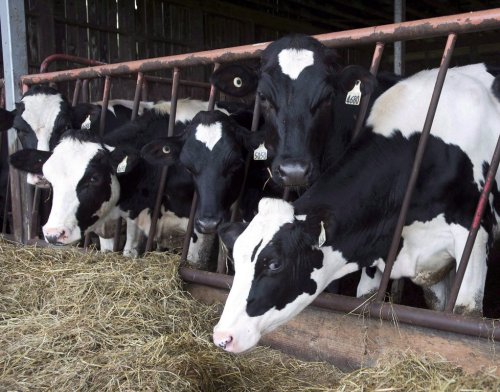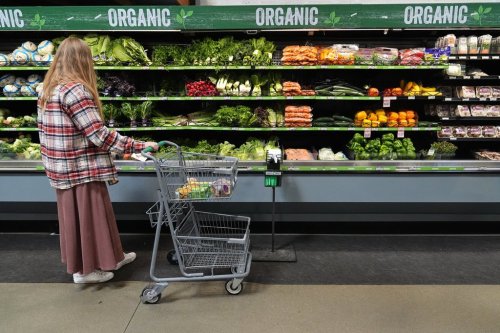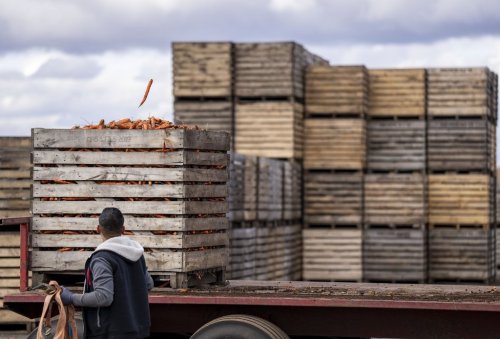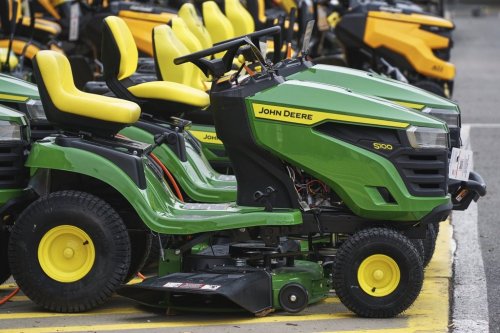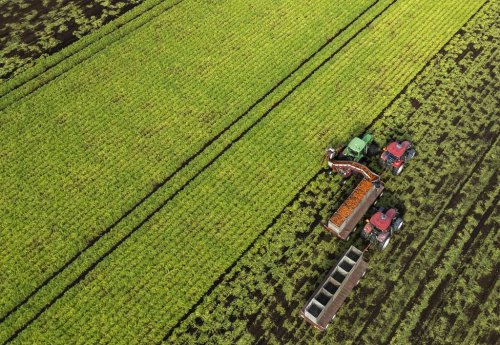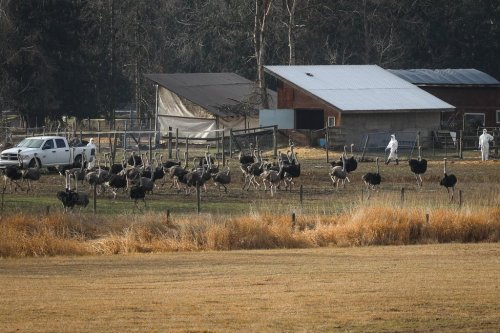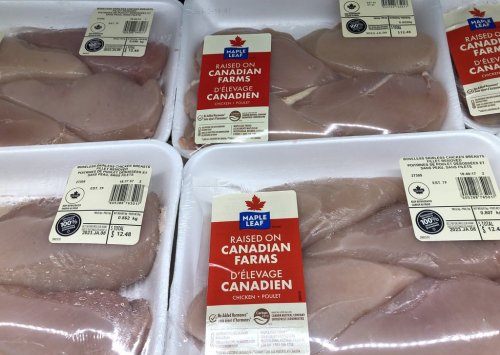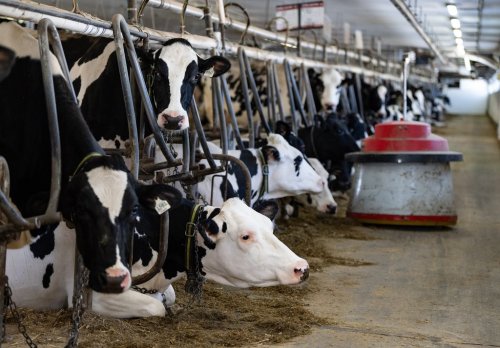Agriculture
B.C. dairy milk testers on strike, call for fair mileage compensation: union
3 minute read Friday, Nov. 28, 2025BURNABY - The BC General Employees Union says dairy milk testers in the province have started job action.
The union says it represents dairy production technicians employed by Lactanet, and they began a strike on Tuesday following 20 months of contract talks.
The workers collect samples of dairy milk produced by about 175 herds across B.C. for testing at the Lactanet lab in Chilliwack, B.C., and the union says they're seeking increases to mileage compensation.
It says the farms are sometimes up to 100 kilometres away but the testers are currently paid 41 cents per kilometre for using their personal vehicles, lower than the 72 cents per kilometre the Canada Revenue Agency provides as a guideline for tax purposes.
Advertisement
Weather
Winnipeg MB
-10°C, Clear
‘Frustrating’: Veterinarians urge regulatory changes as medicine shortages mount
4 minute read Preview Thursday, Nov. 27, 2025Rogers Sugar reports $13.7M Q4 profit, revenue down from year ago
1 minute read Preview Thursday, Nov. 27, 2025Independent grocers federation not happy with farmers’ call for cap on profits
3 minute read Preview Thursday, Nov. 27, 2025Canadian farmers to lobby federal government to cap profits of major grocers
4 minute read Preview Tuesday, Nov. 25, 2025Video spreads fake story about John Deere exiting Canada
5 minute read Preview Thursday, Nov. 20, 2025Premier Moe says he’s supportive of pipeline to northern B.C., reallowing tankers
2 minute read Preview Wednesday, Nov. 19, 2025Food sovereignty on menu as farmers from across Canada gather in New Brunswick
1 minute read Preview Thursday, Nov. 20, 2025‘Valid’ questions for CFIA but few simple answers in wake of B.C. ostrich cull
10 minute read Preview Tuesday, Nov. 18, 2025‘Gas-for-wine’: South Africa seeks deal to boost trade, investment with Canada
4 minute read Preview Tuesday, Nov. 18, 2025Five things to know about ostrich cull case, after court delivers blow to farmers
3 minute read Preview Thursday, Nov. 6, 2025Nutrien reviewing strategic alternatives for phosphate business, including sale
2 minute read Preview Thursday, Nov. 6, 2025Canada Packers posts its first earnings report after spinoff from Maple Leaf
2 minute read Preview Wednesday, Nov. 5, 2025Maple Leaf Foods to increase retail prices amid high meat costs
3 minute read Preview Wednesday, Nov. 5, 2025OECD recommends Canada reform supply management policy
3 minute read Preview Monday, Nov. 3, 2025China agrees to purchase 25 million metric tons of U.S. soybeans annually, treasury secretary says
1 minute read Preview Thursday, Oct. 30, 2025LOAD MORE


